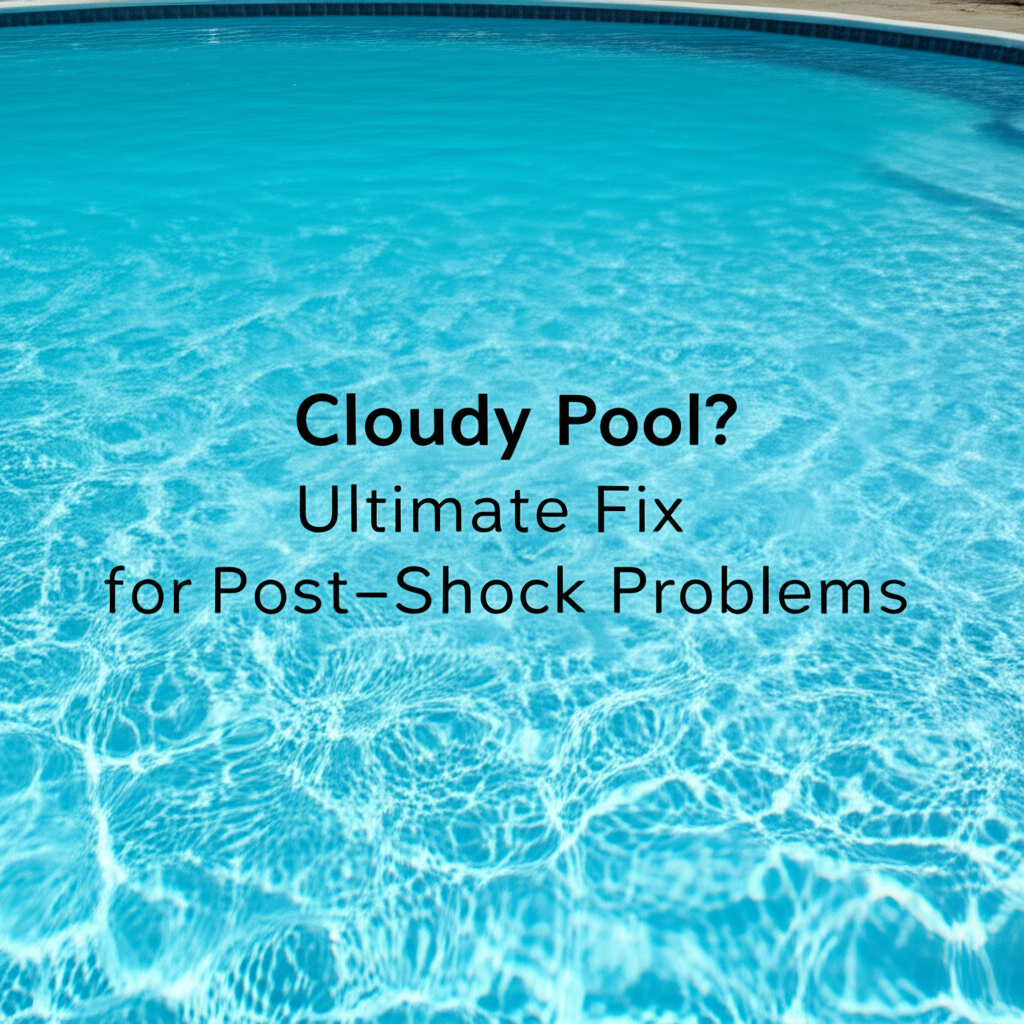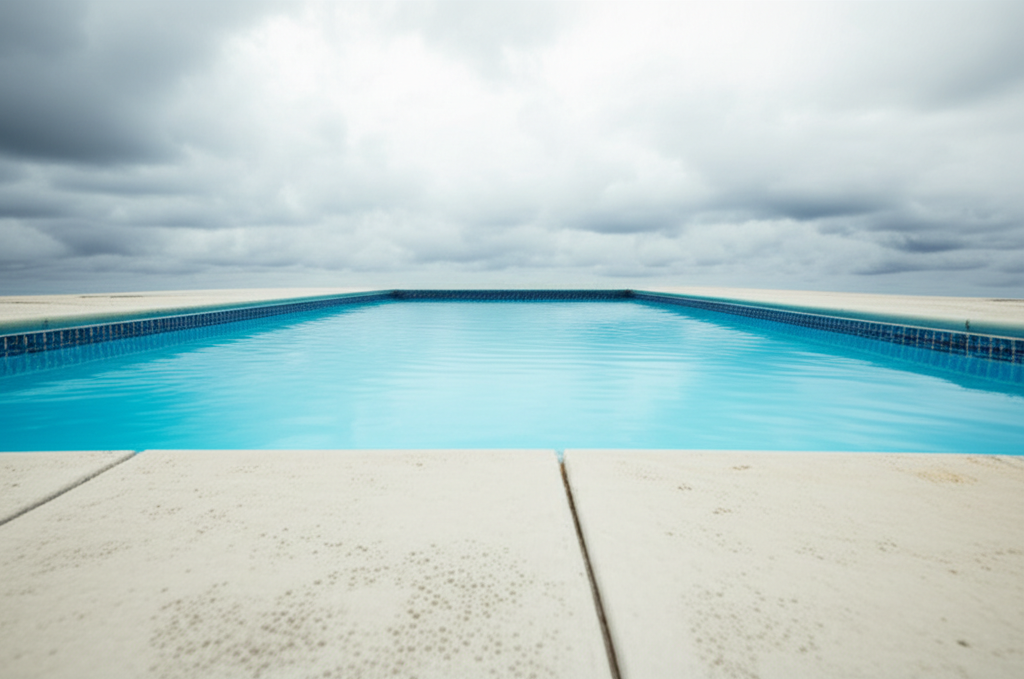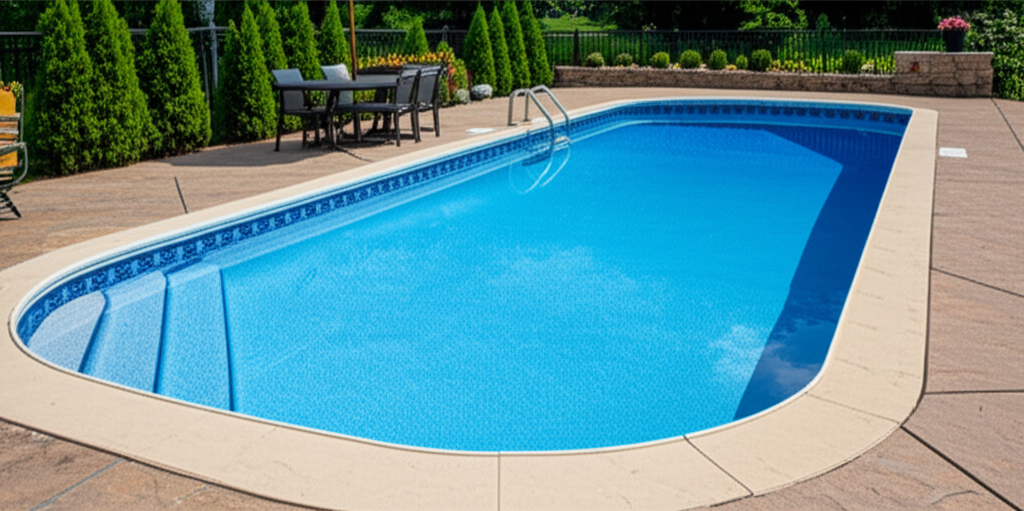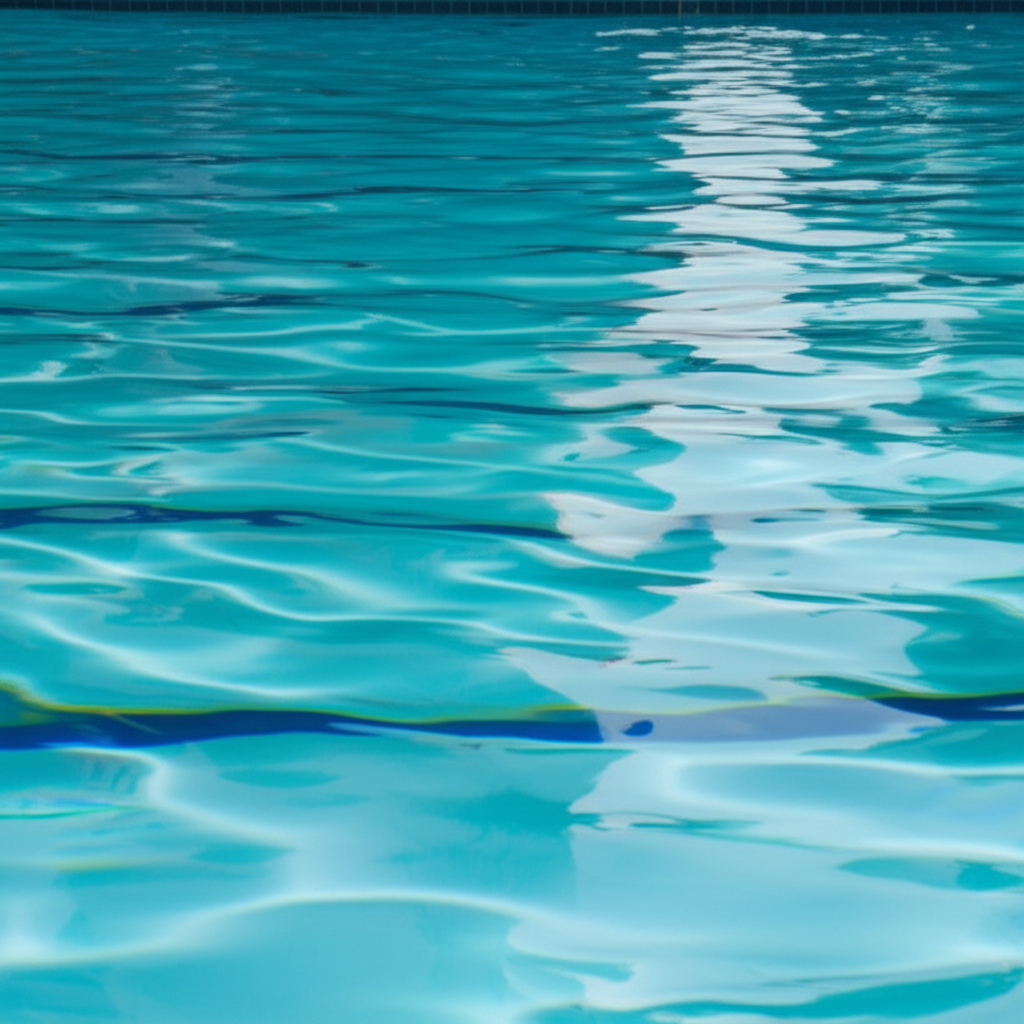- Understanding Post-Shock Problems: Why Cloudiness Occurs
- Diagnosing the Cause of Your Cloudy Pool
- The Ultimate Fix for Your Cloudy Pool: Step-by-Step Solutions
- Step 1: Balance Your Water Chemistry
- Step 2: Optimal Filtration is Key
- Step 3: Enhance Clarity with Clarifiers or Flocculants
- Step 4: Vacuum and Brush
- Preventing Future Cloudy Pool Episodes
Cloudy Pool water after shocking is a common but frustrating problem for pool owners. That initial crystal-clear sparkle often gives way to a milky, hazy appearance, leaving many to wonder if they somehow made things worse. While disheartening, post-shock problems are generally temporary and fixable with the right approach. Understanding why your pool turns cloudy after adding chemicals is the first step towards restoring its pristine condition.
Understanding Post-Shock Problems: Why Cloudiness Occurs
Shocking your pool, whether with chlorine shock (calcium hypochlorite, lithium hypochlorite, sodium dichlor) or non-chlorine shock (potassium monopersulfate), is a crucial maintenance step. Its primary purpose is to oxidize contaminants like organic matter, bacteria, algae, and chloramines (combined chlorine). This process effectively “burns off” these impurities, leading to a healthier swimming environment.
However, the very process of oxidation can introduce new issues that result in cloudiness:
Dead Algae & Contaminants: The shock kills off living organisms and breaks down organic matter. These dead particles, now suspended in the water, are often too small for your filter to immediately catch, creating a cloudy appearance.
Precipitation of Minerals: Some shock types, particularly calcium hypochlorite, add calcium to your water. If your calcium hardness levels are already high, or if your pH is imbalanced, this added calcium can precipitate out of solution, leading to a cloudy white haze.
High Total Dissolved Solids (TDS): Over time, and especially after repeated shocking and chemical additions, the concentration of dissolved minerals and salts in your water can increase. High TDS can reduce water clarity and make it harder for chemicals to work effectively.
Imbalanced pH: Shocking can sometimes alter the pH balance of your pool water. If the pH drifts too high, minerals like calcium can become less soluble and precipitate, causing cloudiness. A high pH also reduces the effectiveness of your chlorine.
Chlorine Reaction Byproducts: The active chlorine in the shock reacts with a multitude of substances. These reactions can produce temporary byproducts that cloud the water until they are fully oxidized or filtered out.
Diagnosing the Cause of Your Cloudy Pool
Before you can effectively treat your cloudy pool, you need to understand the root cause. A systematic approach often begins with comprehensive water testing.
1. Test Your Water Chemistry: This is the most crucial step. Use a reliable test kit (liquid drop test kits are generally more accurate than strips).
Free Chlorine (FC): You’ll likely find it very high immediately after shocking. Monitor its decline.
Total Chlorine (TC): Compare this to FC. If TC is significantly higher than FC, you still have chloramines (combined chlorine) that need to be oxidized.
pH: Ideally between 7.4 and 7.6. A high pH is a common culprit for cloudy water.
Total Alkalinity (TA): Important for buffering pH, ideally 80-120 ppm.
Calcium Hardness (CH): Aim for 200-400 ppm. Too high, especially with high pH, can cause cloudiness.
Cyanuric Acid (CYA): If using stabilized chlorine, high CYA can reduce chlorine effectiveness.
Phosphates: While not a direct cause of immediate post-shock cloudiness, high phosphates can make it harder to clear pool water long-term by depleting chlorine.
2. Observe the Type of Cloudiness:
Milky White: Often indicates high calcium hardness precipitation, high pH, or very fine suspended particles.
Greenish Haze: Usually means you didn’t quite kill all the algae, or new algae is blooming due to low chlorine.
Tinted (Brown/Black): Could be metallic stains or very fine dirt/debris.
The Ultimate Fix for Your Cloudy Pool: Step-by-Step Solutions
Once you’ve diagnosed the problem, you can apply the appropriate solutions. Patience is key; it often takes time for the pool to clear completely.
Step 1: Balance Your Water Chemistry
Address any imbalances identified in your water test:
Adjust pH: If pH is high, add a pH reducer (muriatic acid or dry acid/sodium bisulfate). If low, add a pH increaser (soda ash/sodium carbonate). Proper pH ensures chlorine works effectively and prevents mineral precipitation.
Adjust Alkalinity: If TA is low, add sodium bicarbonate (baking soda). If high, use a TA reducer (often muriatic acid, but carefully, as it also lowers pH).
Monitor Chlorine: If your free chlorine is still extraordinarily high, wait for it to drop naturally. It’s still working to clear contaminants. If it drops too quickly, you might still have a heavy organic load requiring another smaller shock dose once the initial cloudiness begins to subside.
Step 2: Optimal Filtration is Key
Your filter is your pool’s lung, responsible for removing suspended particles.
Run Your Filter Continuously: For the next 24-48 hours (or even longer, until clear), let your filter system run non-stop. This gives it the best chance to capture all the fine particles causing cloudiness.
Backwash/Clean Your Filter Regularly:
Sand Filters: Backwash when the pressure gauge indicates a rise of 8-10 PSI above its clean reading. Continue backwashing until the water runs clear.
Cartridge Filters: Remove and thoroughly clean cartridges with a hose. Consider a chemical soak for stubborn grime.
Diatomaceous Earth (DE) Filters: Backwash and recharge with fresh DE powder according to manufacturer instructions. DE filters are excellent at removing very fine particles.
Consider a Filter Aid: Products like DE powder (for sand filters only – sprinkle a small amount into the skimmer), filter balls, or cellulose fiber can significantly enhance the filtration capabilities of sand or cartridge filters, allowing them to trap much smaller particles.
Step 3: Enhance Clarity with Clarifiers or Flocculants
For stubborn cloudiness, these products can speed up the clearing process.
Pool Clarifiers: These products contain polymers that cause tiny suspended particles to clump together, making them large enough for your filter to capture. They are best for light to moderate cloudiness. Follow package directions carefully, as overuse can sometimes worsen cloudiness.
Pool Flocculants (Flocc): For very dense or heavy cloudiness, flocculants cause all suspended particles to bind together and drop to the bottom of the pool.
How to use: Apply the flocculant as directed, then turn off your pump for 8-12 hours (or until settled) to allow everything to sink.
Follow-up: You must vacuum the settled debris directly to waste (bypassing your filter) to remove it from the pool. If you vacuum through the filter, you’ll simply redistribute the gunk. This process can significantly lower your water level, so be prepared to refill.
Step 4: Vacuum and Brush
Regular physical cleaning complements chemical treatments and filtration.
Vacuum: Manually vacuum the pool floor daily, especially if using a flocculant, or if you see debris settling.
Brush: Brush the walls and floor of your pool to dislodge any clinging particles and bring them into suspension so your filter can catch them.
Preventing Future Cloudy Pool Episodes
Once your pool is clear, maintaining that clarity is much easier than fixing a cloudy pool.
Regular Water Testing: Test your water at least 2-3 times per week, especially during heavy use or after rain.
Consistent Chemical Balance: Keep pH, alkalinity, and calcium hardness within their ideal ranges.
Routine Shocking: Implement a regular maintenance shock schedule (e.g., weekly or bi-weekly, depending on usage) to prevent contaminant buildup that leads to cloudiness.
Optimal Filtration: Run your filter for at least 8-12 hours daily during swimming season, and keep it clean.
* Physical Cleaning: Brush and vacuum your pool regularly.
Resolving a cloudy pool after shocking requires patience, diligent water testing, and a systematic approach. By understanding the causes and applying the right solutions, you can restore your pool to its sparkling clarity and enjoy a healthy, inviting swimming environment.




